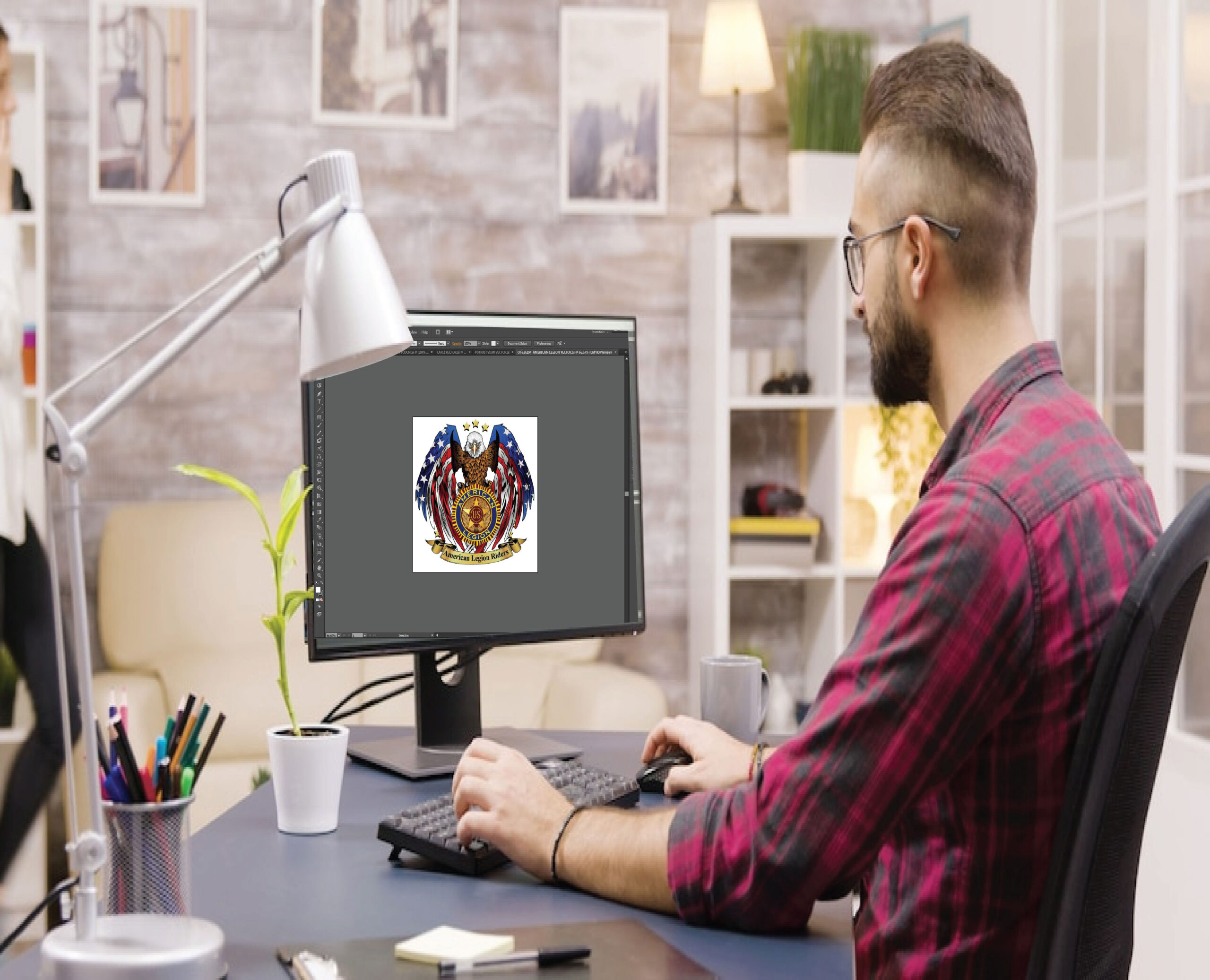
Can’t Open a PXF? Your Guide to the Essential PXF File Converter
That feeling of excitement quickly turns to frustration. You’ve found the perfect embroidery design, downloaded it, and double-clicked to open it. Instead of your usual software preview, you’re met with an error message or a list of programs that don’t seem to work. The culprit? A file ending in .PXF. If your computer doesn’t know what to do with it, you’re not alone. This is a common hurdle in the embroidery world, but it’s one you can easily overcome. What you need is a clear understanding of the problem and a reliable path to a solution, often involving a PXF File Converter or, more accurately, the right software to interpret it.
This guide is your first aid kit for PXF file frustration. We’ll demystify what a PXF file actually is, why it’s causing you trouble, and walk you through the most effective methods to unlock the embroidery design trapped inside.
Why Your Computer is Confused: PXF vs. PES Explained
The core of the problem lies in the difference between a project file and a stitch file. Think of it like the difference between a recipe and a fully baked cake.
- PXF (Project File): This is the “recipe.” Created by Brother’s PE-Design software, a PXF file contains all the ingredients and instructions: the individual design elements, editing history, thread color information, and sequencing. It’s meant for editing and designing. Just as you can’t eat a recipe, your embroidery machine can’t stitch a PXF file. It needs the finished cake.
- PES (Stitch File): This is the “finished cake.” It’s the compiled set of stitch commands that your Brother embroidery machine can directly read and execute. It contains the essential data for stitching but loses the easy-to-edit project structure.
When you download a PXF file, you’ve been given the recipe, not the cake. Your standard embroidery software might not be built to handle the complex project structure of a PXF, and your machine definitely can’t read it. Your goal isn’t always a direct conversion but an export from the project format (PXF) to a stitch format (PES, DST, etc.).
Your First and Best Option: The Official Solution
The most straightforward and reliable way to open a PXF file is to use the software it was built for. While Brother’s PE-Design is a paid suite, they offer a powerful and completely legitimate free tool: the fully functional trial version.
This is your most effective “converter.” Here’s how to use it:
- Download the Trial: Visit the official Brother website. Navigate to the support or products section and find the page for PE-Design. Download the free trial for the latest version (e.g., PE-Design 11). The trial typically runs for 30 days, which is more than enough time to handle your PXF files.
- Install and Launch: Install the software on your computer and open it. You now have the full power of PE-Design at your fingertips.
- Open the PXF File: Inside the software, go to
File > Openand browse to your .PXF file. The software will open it natively, showing you the full editable project. - Export to a Usable Format: Now, go to
File > Save As. In the dialog box, you’ll see a “Save as type” dropdown menu. This is the key step. Do not select PXF. Instead, choose the format you need.- For most Brother home machines: Select PES.
- For a universal format most commercial machines can read: Select DST.
- Save Your New File: Name your file and click save. You’ve now created a new, machine-readable file from the original PXF project.
This method guarantees perfect compatibility and preserves the quality of the original design. It’s the number-one recommended solution for a reason.
The Power User’s Alternative: Leveraging Multi-Format Software
If you frequently work with designs from various sources, investing in versatile embroidery editing software can be a great long-term solution. Programs like Embrilliance Essentials or Wilcom Hatch are not just viewers; they are powerful platforms that support a wide range of formats.
Some of these programs can directly open PXF files and allow you to save them into other formats. Always check the software’s specifications to see if “PXF” is listed on its supported import format list. This approach is ideal if you need to do more than just convert—if you want to resize, combine, or edit designs from different origins regularly.
The Workflow Solution: Combining Free Tools
For those who prefer a free and open-source approach, a combination of tools can be highly effective, though it requires more steps.
- Use the PE-Design Trial (as described above) to first export your PXF file to a universal format like DST.
- Use Free Software to Convert Again: Once you have a DST file, you can use other free tools to get it into your specific machine’s format if needed.
- Online Converters: For simple DST to PES (or other format) conversion, a reputable free online converter can work now that you are no longer dealing with the complex PXF structure. Exercise caution and only use well-known sites.
- Ink/Stitch: This free extension for the free vector program Inkscape can open DST files and export them to a massive list of other embroidery formats.
This two-step process leverages the right tool for each job: PE-Design to handle the complex PXF structure and another tool to handle the final format translation.
A Critical Warning: Avoid Shady “Free Converters”
A quick online search for “PXF File Converter” will reveal countless websites promising instant, free conversion. We strongly advise you to steer clear of these sites.
- They Rarely Work: PXF is a complex, proprietary format. These sites are typically built for common image and document conversions and fail to process embroidery files correctly.
- Security Risk: You are uploading your intellectual property (the design file) to an unknown server. You have no control over what happens to it afterward.
- Malware Threat: These sites are often funded by intrusive ads that can contain malware or lead you to download harmful software.
The risk of corrupting your file, having your design stolen, or infecting your computer is not worth the perceived convenience.
Conclusion: Regain Control of Your Designs
Hitting a “file format not supported” error is a temporary setback, not a dead end. The solution to opening a PXF file isn’t a mythical one-click converter but a clear understanding of the file type and using the right tool for the job.
Your essential guide is simple:
- Recognize that a PXF is a project file, not a stitch file.
- Use the official Brother PE-Design trial to open and export it properly. This is the safest, most reliable method.
- Consider multi-format software for a long-term solution if you handle diverse files often.
- Always avoid suspicious websites offering instant conversions.
Don’t let a file extension stop your creativity. With the right knowledge, you can easily convert that PXF project into a beautiful stitched reality.


